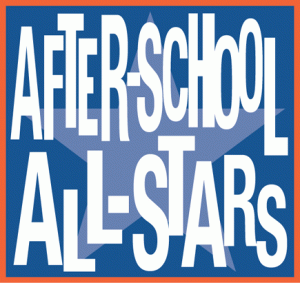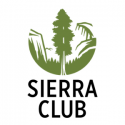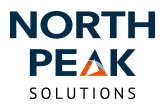This post continues our deep dive with single-Salesforce Collaborative CRM with recommendations for smoothing the path to success. We’ll start with common challenges and then share some governance tips that can help you combat them. We’re excited to feature The Sierra Club and After-School All-Stars in this article– thank you for your insights!


Our previous post on this topic explored which organizations are well-suited for this CCRM model and the benefits it offers them.
Examples of good governance in action
As more chapters adopted Salesforce, ASAS identified increasing numbers of shared relationships with funders. The network realized they needed to establish “rules of the road” to prevent missteps, maximize interactions with donors, and collaborate effectively. So, they gathered a group of impacted users and Executive Directors for each chapter using Salesforce to discuss pain points and brainstorm fixes. From this discussion, they created 11 rules of the road for managing shared funder relationships, which all parties agreed to follow and update periodically as needed.
Despite using several applications from the Salesforce AppExchange and developing several Salesforce Community applications, with Sierra Club’s diverse programming, many teams identify point solutions that cater to their particular needs. The team’s first approach is to evaluate these technologies that are outside the Salesforce ecosystem in light of broader organizational needs, with the goal of identifying one point solution that can be leveraged by many teams. This also enables the organization to maximize its investments in integrating point solutions with Salesforce. The key to doing this successfully is to truly understand each team’s priorities and keep open lines of communication throughout the organization.
A single CRM is an incredible foundation for collaboration, transparency, and efficiency. The Sierra Club sees these wins daily– says Dave, “People are feeling more invested in maintaining the data. They increasingly see the value of having a more complete view of the entire organization’s interaction with our constituents and are excited to change their engagement strategies based on more complete information!” This excitement in their CRM means better quality data, which enables data-driven decision making, and results in greater impact.
Dave emphasizes the significant opportunity cost that organizations well-suited for collaborative CRMs face if they don’t adopt one:
“Put yourself in the place of the constituent–if you’re not on a single CRM, they’re not going to have as positive an experience, whether they’re receiving mail or email, going to an event or volunteering, or engaging with your website. [The value of a single CRM] is not just for your own analytics and decision making, but for the constituent experience as well.”
Thanks for reading! If you’d like to connect with a group of nonprofits and Salesforce implementation partners on all things Collaborative CRM, join the mailing list and get invites to live conversations and access to resources.
If you’re considering launching or optimizing a CCRM and looking for guidance, reach out to our team.

About North Peak
North Peak helps nonprofits and foundations increase institutional intelligence through healthy CRM (constituent relationship management) and/or GMS (grant management system) systems and practices. Contact Us to learn how we can elevate your organization's impact.
